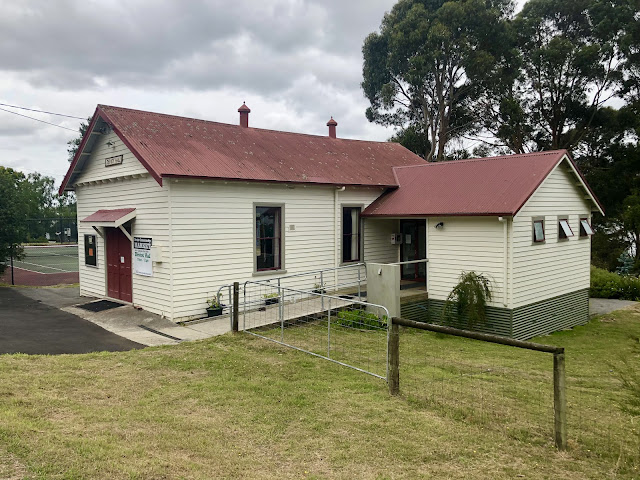No. 1468 - Deviot - Deviot Hall - Anglican Church (1922-1965)

This article is one in a series about public buildings in country areas that were used as places of worship. In these communities churches may have been planned but were never built due to lack of finance or changing circumstances. In many settlements, before a church was built, worship was typically held in homes, schoolrooms, barns, halls and other buildings. Conversely, in some communities, churches were sometimes the first public building erected and were used as schools and community halls. The focus of this series will primarily be on the public halls and schools that were used as churches. These buildings, and the religious communities which used them, are often overlooked in published histories of churches. Deviot is located on the west bank of the River Tamar and lies about 35 kilometres north-west of Launceston. The area was developed for orcharding after the turn of the 20th century by William Gunning Baird and John Sydney Ritchie. The Deviot Public Hall, which opened in 192...




.jpg)
